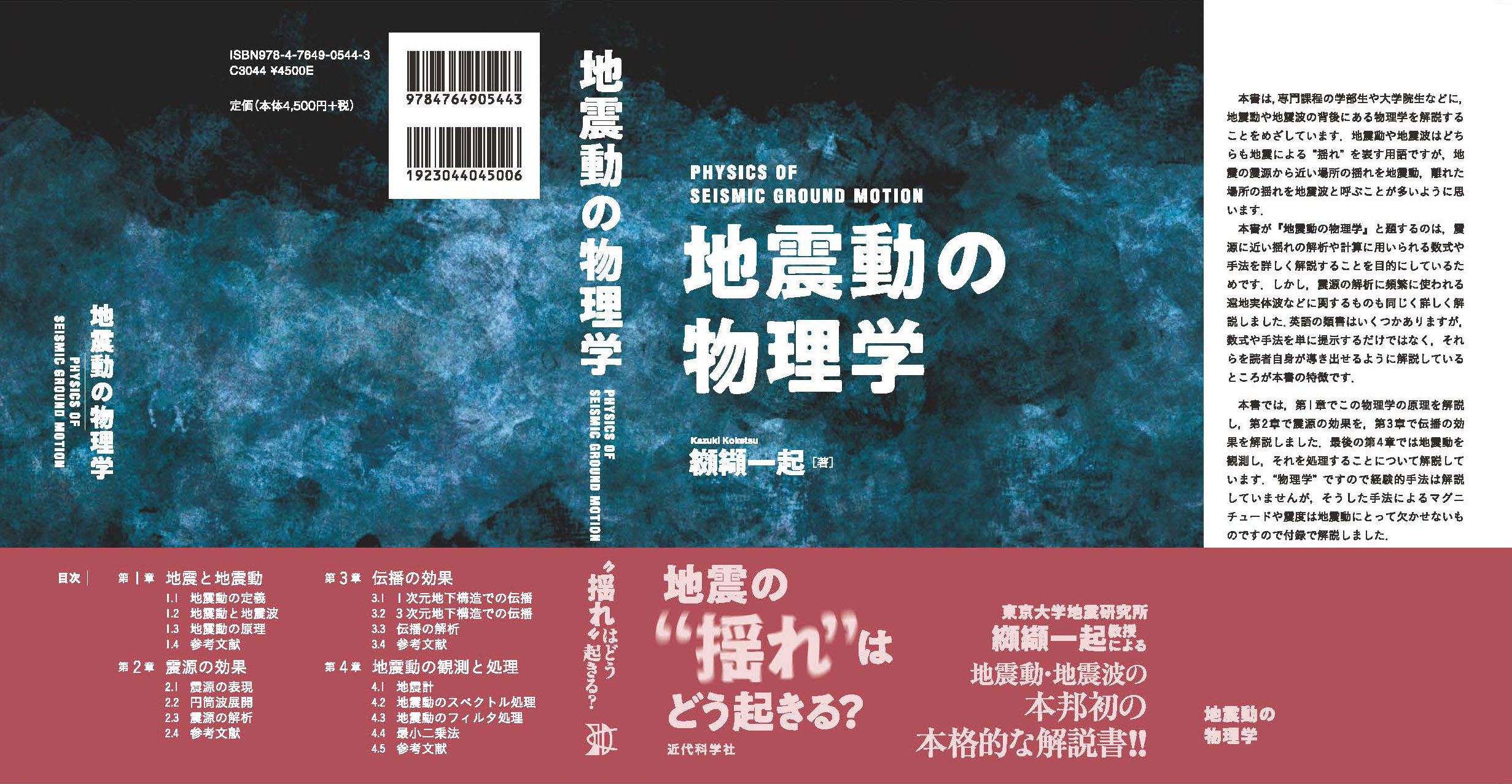
| It has been published on December 28, 2018. Its page of amazon, Japan ⇒ |
| ||||||
|
|

| page | number, (equation) | error | corrected | reason |
|---|---|---|---|---|
| 22 | (1.60), (1.61), (1.62) | k'02, k'2 | k'0, k' | エネルギーの定義 |
| 28, 29 | (1.85), (1.87), (1.88), (1.89) | +∫dτρ, +∫∫∫τ, ∫dτ, +∫dτ∫∫∫τij, +∫dτ∫∫∫σij, ∫∫τ, ∫∫σ | –∫dτρ, –∫∫∫τ, –∫dτ, –∫dτ∫∫∫τij, –∫dτ∫∫∫σij, ∫dτ∫∫τ, ∫dτ∫∫σ | 部分積分の符号, τ積分の欠落 |
| 42, 43 | (2.1), (2.2), (2.3) | =∫∫∫τij, ∫dτ, dV+∫∫τij, dV+∫∫σij, τij∂ui, ∫∫∫ρgi | =–∫∫∫τij, –∫dτ, dV+∫dτ∫∫τij, dV+∫dτ∫∫σij, σij∂ui, ∫dτ∫∫∫ρgi | (1.87), (1.88), (1.89), 誤植 |
| 56, 57 | (2.54)のUy2P, (2.55)のUz2P | β | α | 誤植 |
| 82 | 下から2行 | auxially | auxiliary | 誤植 |
| 121 | 23) | K.:, Ito | H.:, Itô | 読みガナ, 誤植 |
| 315 | footnote | 示されいる | 示されている | 誤植 |
Dec. 16, 2018
Jan. 30, 2019
Jun. 25, 2019
4329 (2) from Feb. 2, 2023